Windows updates are crucial for maintaining system security, improving performance, and accessing the latest features. However, users often face issues during the update process, one of the most frustrating being the Windows 10 update error 0x80070422. This error usually indicates a problem with the Windows Update service not starting correctly or being disabled.
If you've encountered messages like "Windows update failed 0x80070422" or "Windows update 0x80070422", follow this comprehensive guide to fix the problem and ensure your system remains up to date.

What Causes the Windows Update 0x80070422 Error?
The 0x80070422 error typically appears when you try to install a Windows update but the system fails to initiate the process. Common causes include:
Windows Update service not running
Disabled dependent services
Network configuration issues
Corrupted system files
Misconfigured settings in the Windows Registry
Understanding the root cause is key to resolving the issue permanently. Below are tested and verified methods that will help you fix Windows 10 update error 0x80070422 efficiently.
1. Restart the Windows Update Service
The most common reason for this error is that the Windows Update service is either disabled or not functioning properly. Re-enabling it is the first step.
Steps:
Press Windows + R, type services.msc, and press Enter.
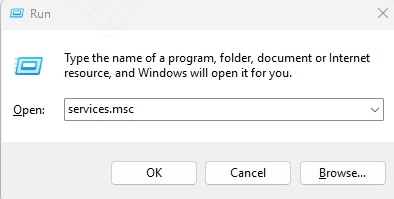
Locate Windows Update in the list.
Right-click and choose Properties.
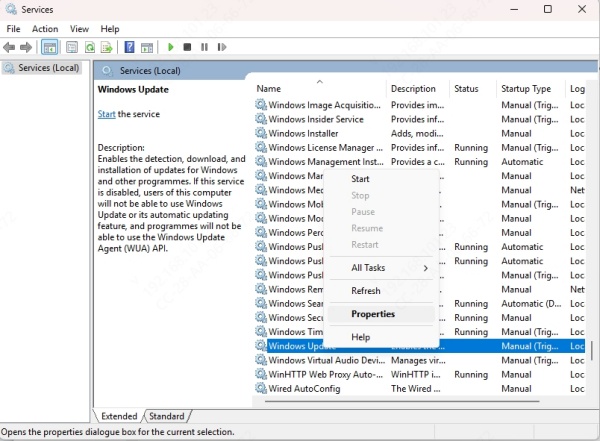
Set the Startup type to Automatic.
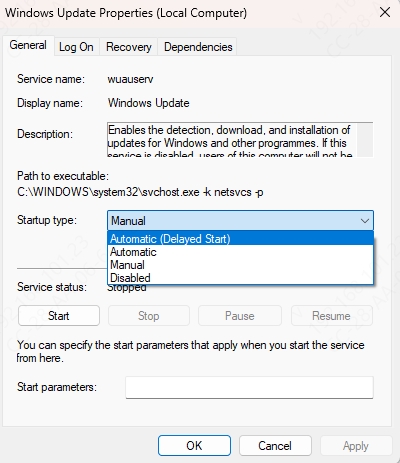
Click Start if the service is not already running.
Click Apply and then OK.
Also, ensure the following services are running and set to Automatic:
Background Intelligent Transfer Service
Cryptographic Services
DCOM Server Process Launcher
This ensures all dependencies for Windows Update function as expected.
2. Disable IPv6 Protocol
Disabling IPv6 has resolved the Windows update 0x80070422 error for many users, especially when the network configuration interferes with the update process.
To disable IPv6:
Press Windows + R, type ncpa.cpl, and press Enter.
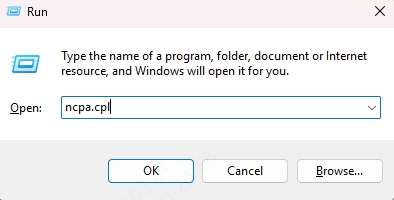
Right-click your active network connection and choose Properties.
Uncheck the box next to Internet Protocol Version 6 (TCP/IPv6).

Click OK and restart your PC.
This change reduces network stack conflicts during the update process.
3. Run the Windows Update Troubleshooter
Microsoft provides a built-in Windows Update Troubleshooter to detect and resolve issues automatically.
How to run it:
Open Settings with Windows + I.
Go to Update & Security > Troubleshoot > Additional troubleshooters.
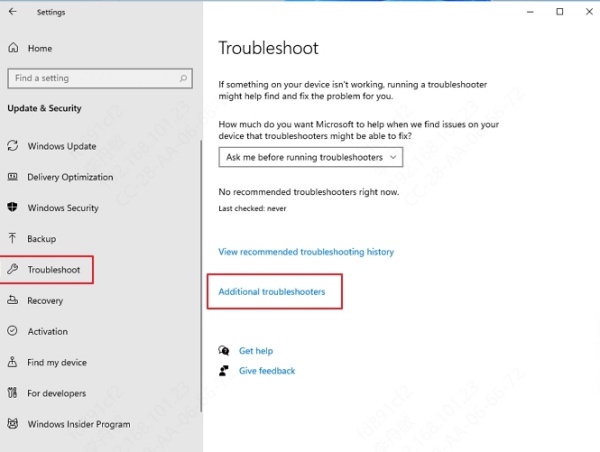
Click Windows Update and then Run the troubleshooter.
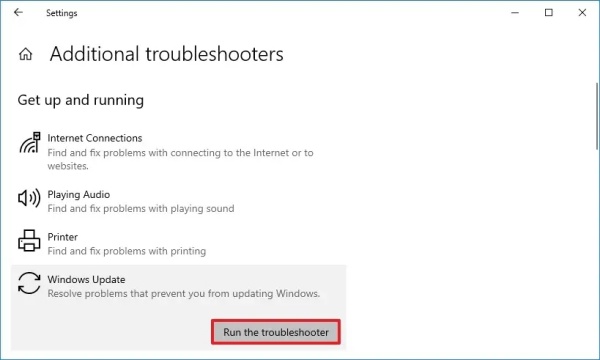
The tool will analyze update-related components and suggest or apply fixes.
4. Repair Corrupted System Files Using SFC and DISM
Corrupted files can cause update failures. Running System File Checker (SFC) and Deployment Image Servicing and Management (DISM) will scan and repair system corruption.
Steps:
Open Command Prompt as Administrator.
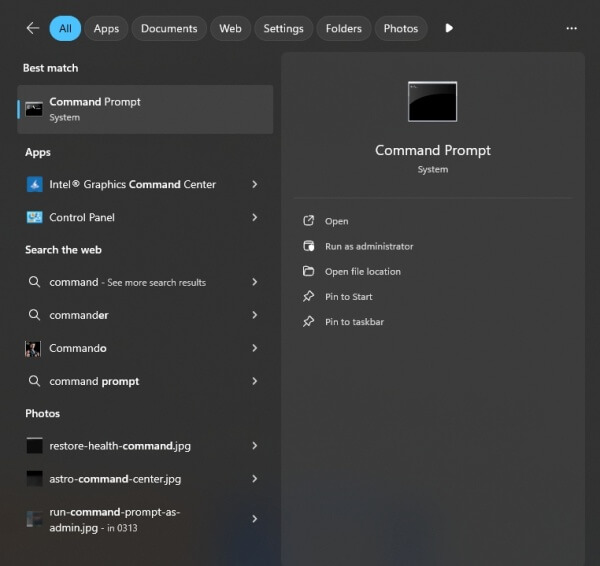
Type the following commands one by one: sfc /scannow
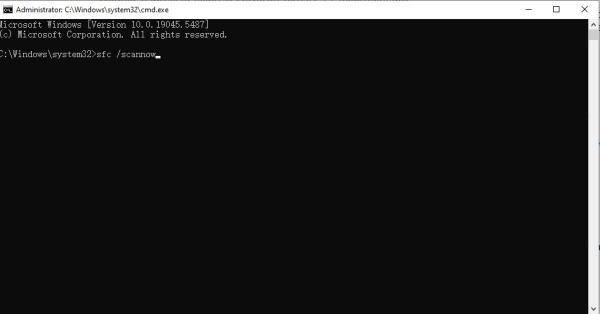
Wait for the scan to complete. Then run: DISM /Online /Cleanup-Image /RestoreHealth
Restart your PC once both scans complete.
This restores missing or corrupted system components essential for updates.
5. Check Windows Update Settings in the Registry Editor
Incorrect entries in the Windows Registry can trigger Windows update failed 0x80070422. Editing the registry should be done carefully.
Steps:
Press Windows + R, type regedit, and press Enter.
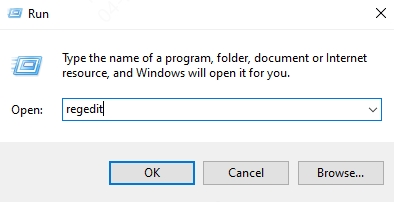
Navigate to: HKEY_LOCAL_MACHINE\SYSTEM\CurrentControlSet\Services\Wuauserv
On the right pane, find the Start entry.
Double-click it and set the value data to 2 (Automatic).
Click OK and restart your PC.
Caution: Always back up the registry before making changes.
6. Re-register Windows Update DLL Files
Sometimes, Dynamic Link Library (DLL) files associated with updates become unregistered. Re-registering them can solve persistent errors.
Steps:
1. Open Command Prompt as Administrator.
2. Execute the following commands:
regsvr32 wuaueng.dll
regsvr32 wuapi.dll
regsvr32 wups.dll
regsvr32 wups2.dll
regsvr32 wucltui.dll
regsvr32 wuwebv.dll
3. After executing all commands, reboot your system.
These commands ensure all essential DLLs for the update process are correctly registered.
7. Reset Windows Update Components
Resetting the update components can clear up glitches in the update infrastructure.
Steps:
1. Open Command Prompt as Administrator.
2. Type the following commands one at a time:
net stop wuauserv
net stop cryptSvc
net stop bits
net stop msiserver
ren C:\Windows\SoftwareDistribution SoftwareDistribution.old
ren C:\Windows\System32\catroot2 catroot2.old
net start wuauserv
net start cryptSvc
net start bits
net start msiserver
3. Close the Command Prompt and restart your computer.
This sequence clears the update cache and rebuilds it from scratch.
8. Check Group Policy Settings (Pro and Enterprise Editions)
Group Policy can block Windows Update settings and result in error 0x80070422.
Steps:
Press Windows + R, type gpedit.msc, and press Enter.
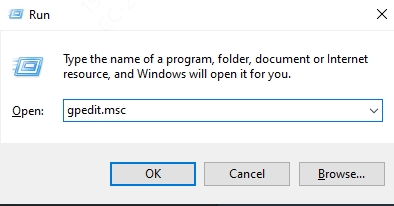
Navigate to: Computer Configuration > Administrative Templates > Windows Components > Windows Update
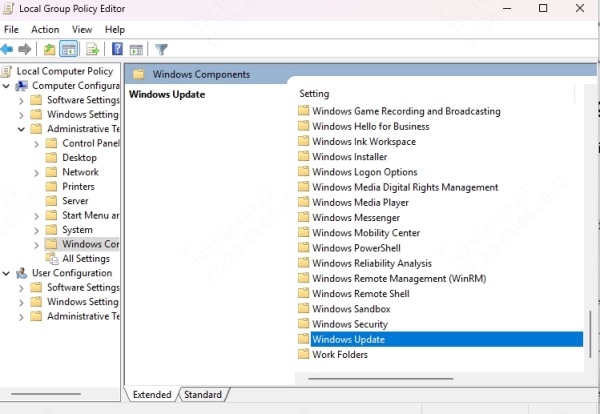
Ensure Configure Automatic Updates is set to Not Configured or Enabled.
Apply changes and restart your PC.
Incorrect policies can halt the update process entirely, especially in managed environments.
9. Use Driver Talent to Fix Driver-Related Conflicts
Outdated or incompatible device drivers can interfere with Windows Update. We recommend using Driver Talent, a powerful driver manager tool that helps you:
Automatically detect outdated, missing, or corrupted drivers.
Download and install official drivers in one click.
Create system restore points before changes.
Steps:
Download and install Driver Talent.
Launch the tool and click Scan.
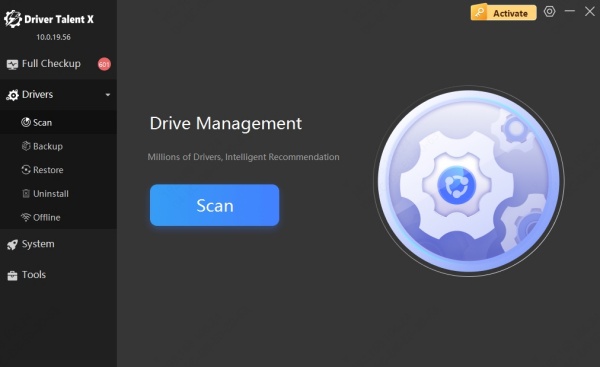
Update all flagged drivers.
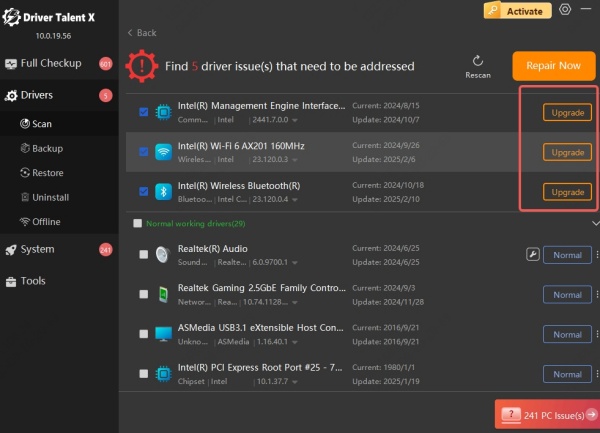
Restart your PC and try the update again.
Driver conflicts are a lesser-known cause of update issues, and this tool simplifies driver management significantly.
10. Perform an In-Place Upgrade
If all else fails, an in-place upgrade reinstalls Windows without deleting your data or applications and resolves system-level errors like 0x80070422.
Steps:
Download the Media Creation Tool from Microsoft’s website.
Run the tool and choose Upgrade this PC now.
Follow the on-screen instructions.
This method gives you a clean and functional Windows environment while preserving personal files and settings.
Conclusion
The Windows 10 update error 0x80070422 can be a stubborn and persistent issue, but it is solvable with the right approach. From restarting essential services to editing the registry and updating drivers with Driver Talent, we've outlined the most effective solutions. Start with the simpler steps and proceed to advanced methods if necessary.
By following this guide, you’ll be well-equipped to fix the Windows update 0x80070422 error and restore seamless update functionality to your Windows 10 system.
